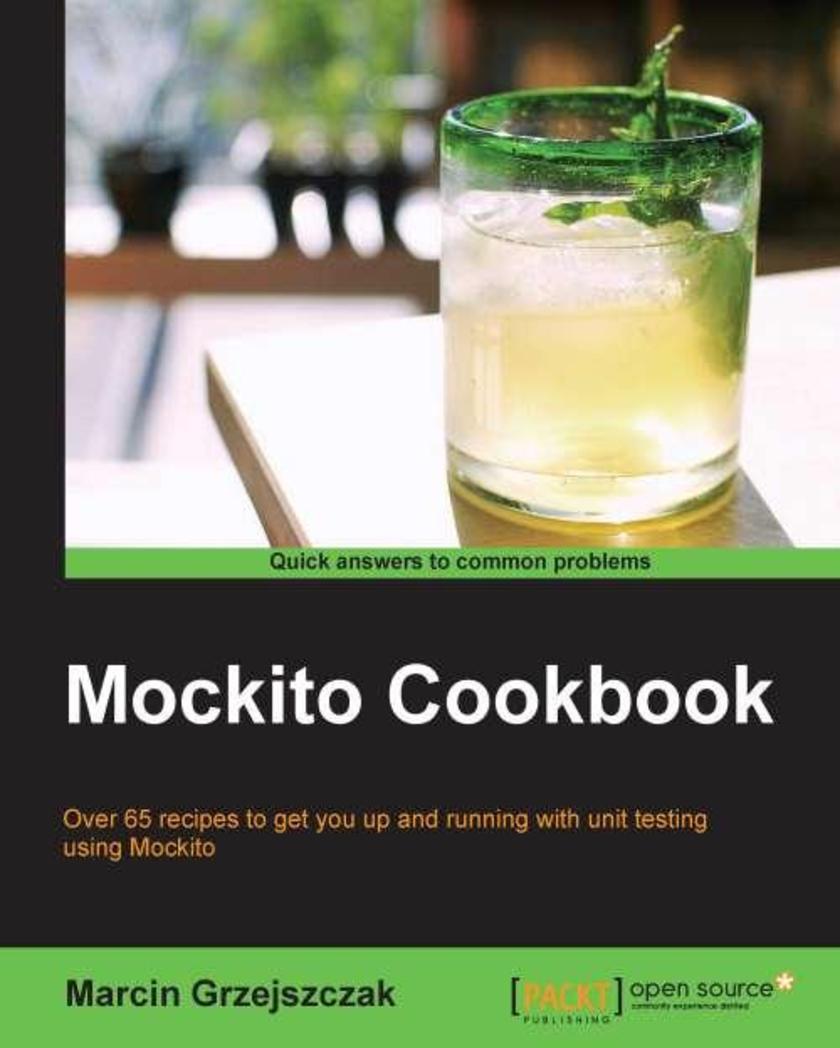
Mockito Cookbook
¥79.56
This is a focused guide with lots of practical recipes with presentations of business issues and presentation of the whole test of the system. This book shows the use of Mockito's popular unit testing frameworks such as JUnit, PowerMock, TestNG, and so on. If you are a software developer with no testing experience (especially with Mockito) and you want to start using Mockito in the most efficient way then this book is for you. This book assumes that you have a good knowledge level and understanding of Java-based unit testing frameworks.

Extending Puppet
¥50.13
This book is a clear, detailed and practical guide to learn about designing and deploying you puppet architecture, with informative examples to highlight and explain concepts in a focused manner. This book is designed for users who already have good experience with Puppet, and will surprise experienced users with innovative topics that explore how to design, implement, adapt, and deploy a Puppet architecture. The key to extending Puppet is the development of types and providers, for which you must be familiar with Ruby.
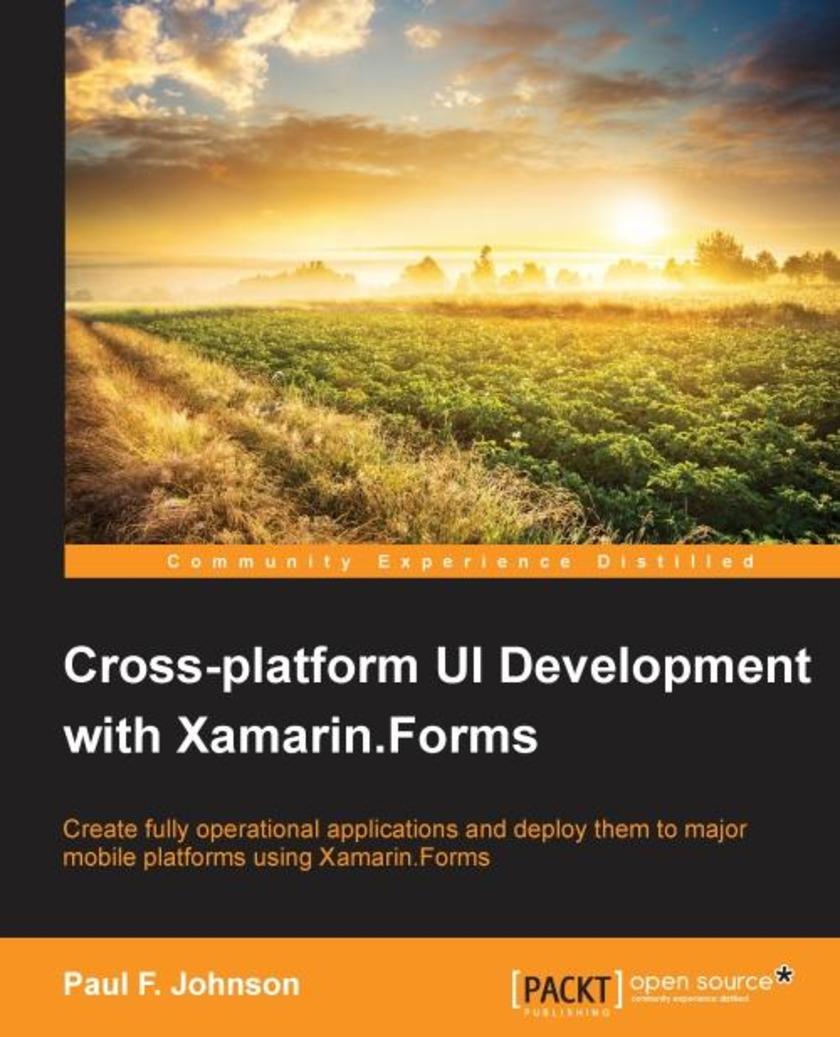
Cross-platform UI Development with Xamarin.Forms
¥80.65
This book is intended for mobile software developers who are fed up with having three different code sets for the same application. If you want to put your code on all mobile platforms with minimum fuss, and just want to develop but haven't got the time to be digging too far into a particular platform, this is the book for you. Some basic knowledge of C# is assumed.
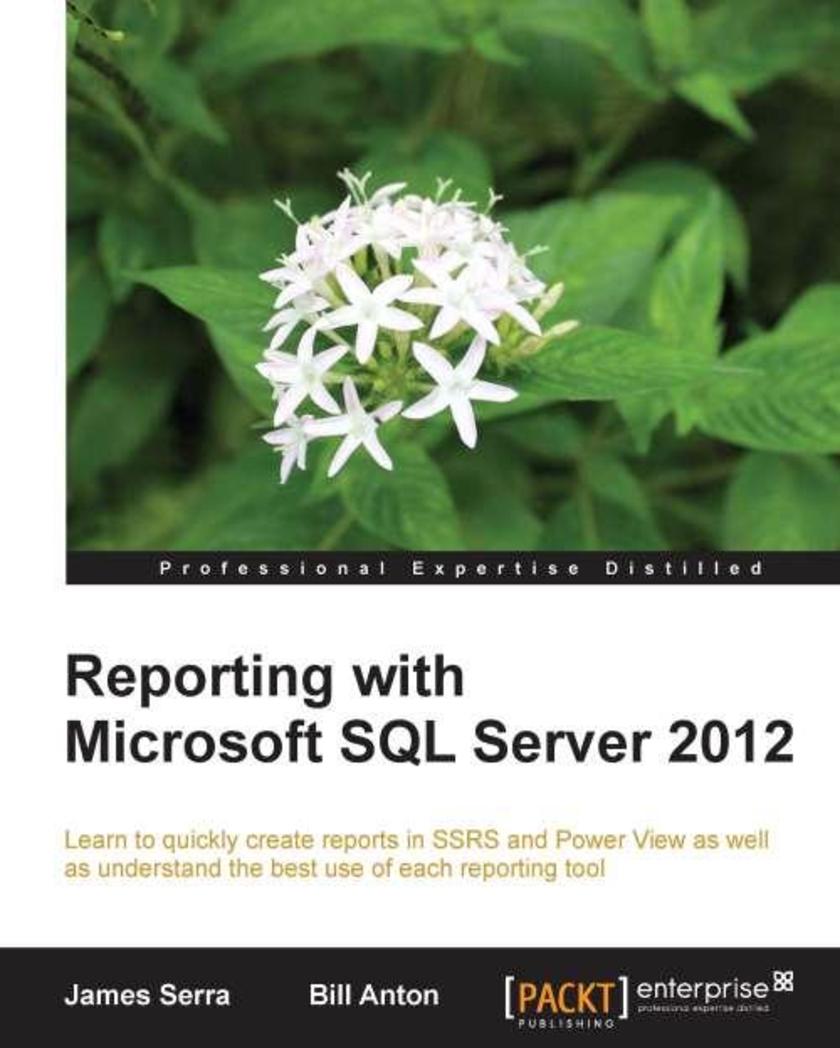
Reporting with Microsoft SQL Server 2012
¥63.21
This is a stepbystep tutorial that deals with Microsoft Server 2012 reporting tools:SSRS and Power View. If you are a BI developer, consultant, or architect who wishes to learn how to use SSRS and Power View, and want to understand the best use for each tool, then this book will get you up and running quickly. No prior experience is required with either tool!

3D printing with RepRap Cookbook
¥80.65
A systematic guide consisting of over 100 recipes which focus on helping you understand the process of 3D printing using RepRap machines. The book aims at providing professionals with a series of working recipes to help make their fuzzy notions into real, saleable projects/objects using 3D printing technology. This book is for novice designers and artists who own a RepRap-based 3D printer, have fundamental knowledge of its working, and who desire to gain better mastery of the printing process. For the more experienced user, it will provide a handy visual resource, with side-by-side comparisons of the two most popular slicers, Skeinforge and Slic3r. A basic understanding of designing and modeling principles and elementary knowledge of digital modeling would be a plus.
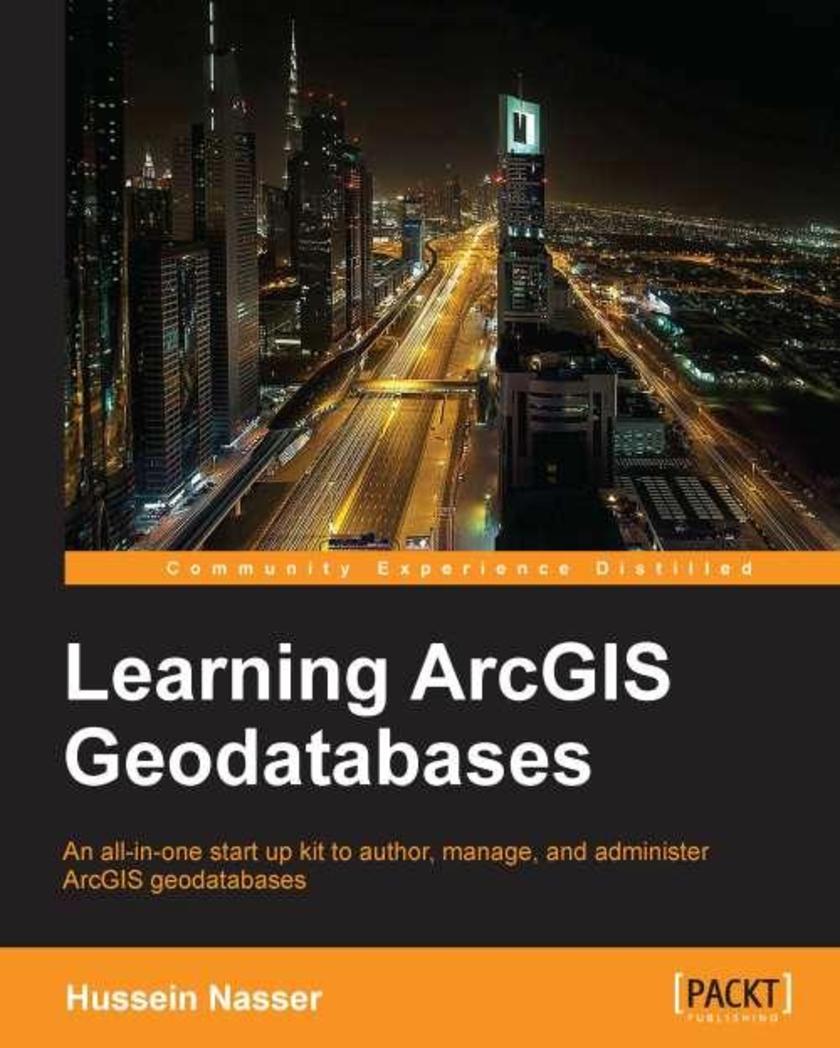
Learning ArcGIS Geodatabases
¥49.04
This is a solution-based book, showcasing the real power of ArcGIS Geodatabase by following a real-world, example-based approach. This book is aimed at geospatial developers who want to work with ArcGIS geodatabases as well as manage them. Having knowledge of building a geodatabase from scratch isn't a must; Learning ArcGIS Geodatabases is ideal for those who want to use ArcGIS geodatabase for the first time, or for those who want to migrate from their existing legacy database to a geodatabase.
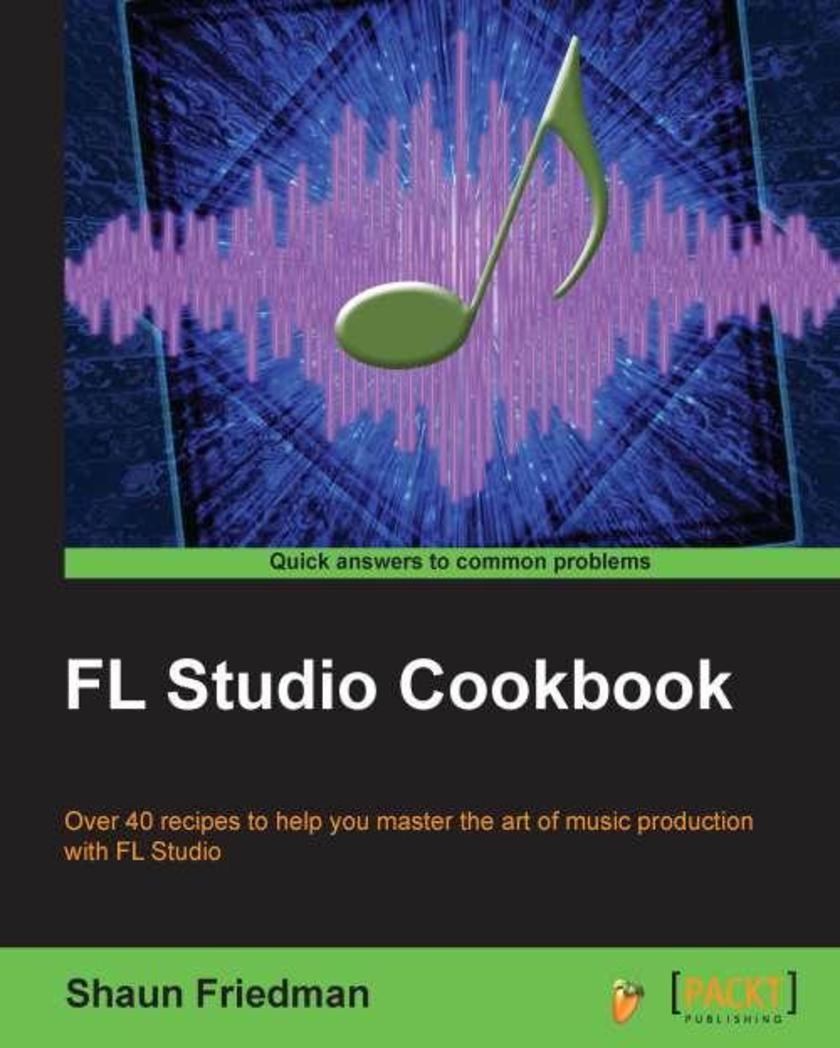
FL Studio Cookbook
¥99.18
This book is built on recipes written in an easy-to-follow manner accompanied by diagrams and crucial insights and knowledge on what they mean in the real world. This book is ideal for musicians and producers who want to take their music creation skills to the next level, learn tips and tricks, and understand the key elements and nuances in building inspirational music. It’s good to have some knowledge about music production, but if you have creativity and a good pair of ears, you are already ahead of the curve and well on your way.

Construct 2 Game Development by Example
¥80.65
This book uses practical examples to teach readers, and imparts the key skills and techniques of working in Construct 2 through building complete game projects. This book is for complete beginners who have always wanted to learn how to make games and have never tried. It is the perfect introduction to game development, design, and production.
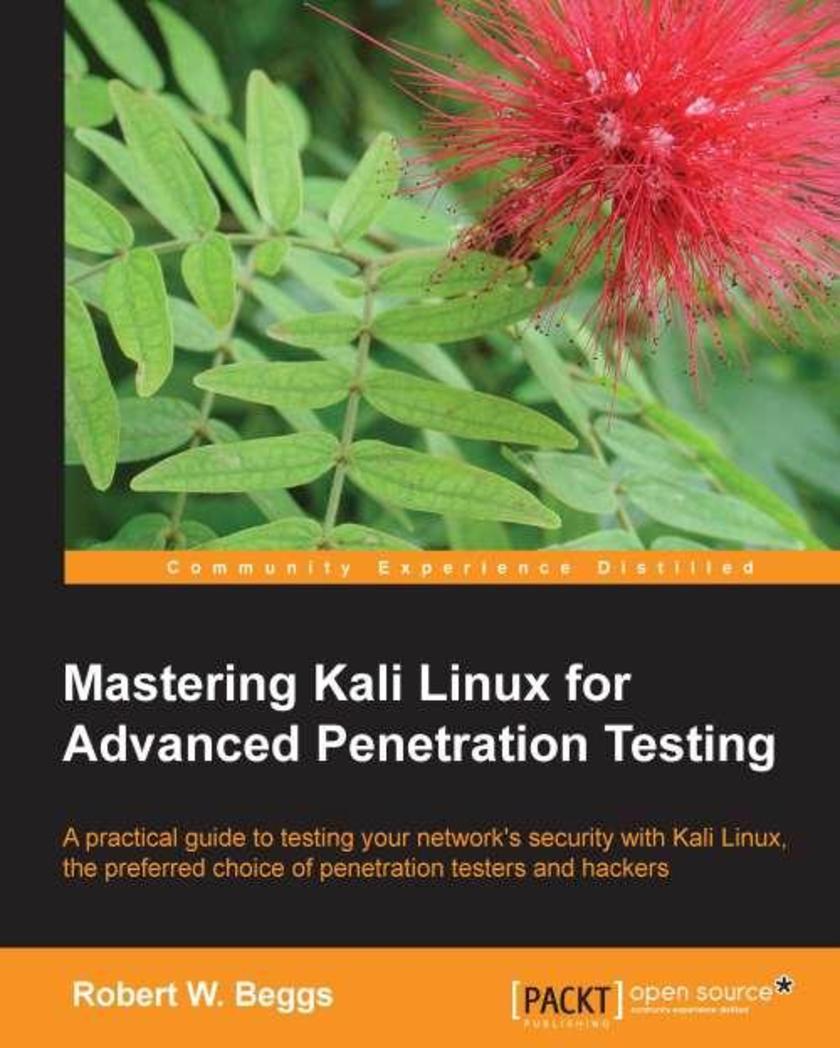
Mastering Kali Linux for Advanced Penetration Testing
¥99.18
This book provides an overview of the kill chain approach to penetration testing, and then focuses on using Kali Linux to provide examples of how this methodology is applied in the real world. After describing the underlying concepts, step-by-step examples are provided that use selected tools to demonstrate the techniques.If you are an IT professional or a security consultant who wants to maximize the success of your network testing using some of the advanced features of Kali Linux, then this book is for you. This book will teach you how to become an expert in the pre-engagement, management, and documentation of penetration testing by building on your understanding of Kali Linux and wireless concepts.
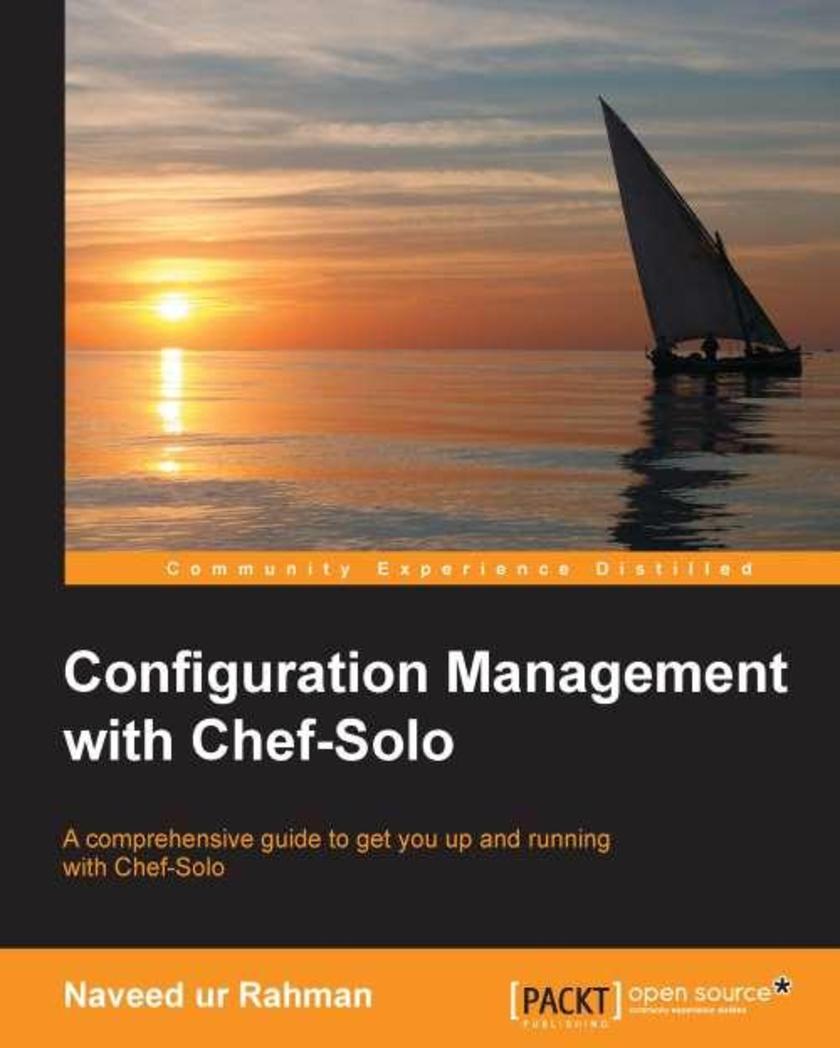
Configuration Management with Chef-Solo
¥41.41
This is a step-by-step guide, full of hands-on examples of real-world deployment tasks. Each topic is explained and placed in context, while also pointing out the key details of the concepts used. This book is aimed at system administrators and system engineers who have an understanding of configuration management tools and infrastructure. For novice administrators, it contains easy-to-use application recipes to get started immediately.
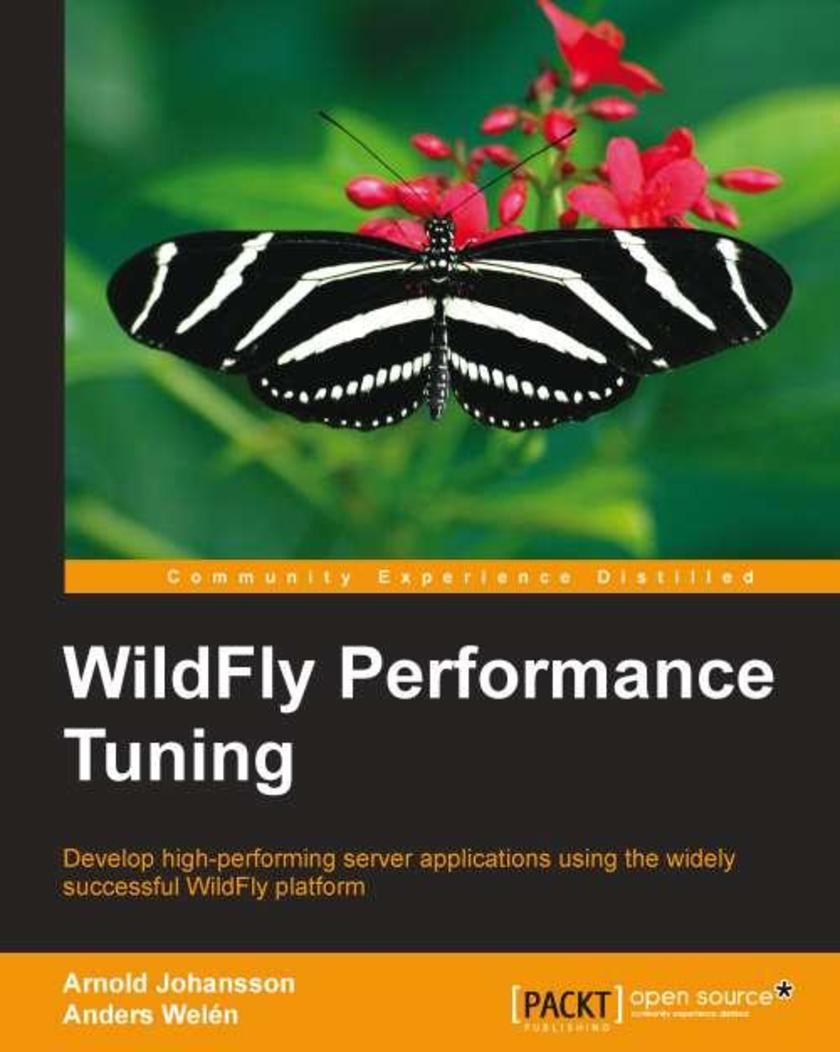
WildFly Performance Tuning
¥90.46
Packed with practical examples, this book looks at a different aspect of performance tuning in each chapter and shows you how to apply them to their existing Java applications. Anyone with an interest in learning more and improving the performance of Java-based technology in general, all the way to WildFly in particular, will find this book useful.
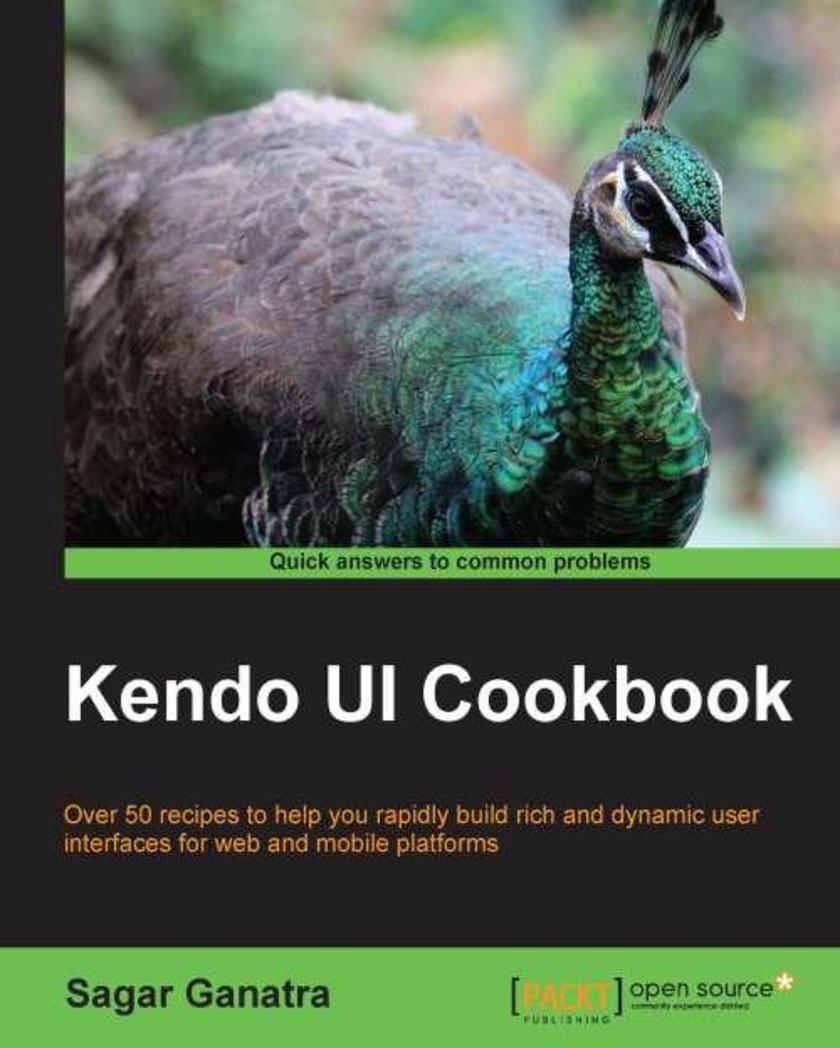
Kendo UI Cookbook
¥90.46
This book is an easy-to-follow guide full of hands-on examples that allows you to learn and build visually compelling web applications using the Kendo UI library. This book will do wonders for web developers having knowledge of HTML and Java* and want to polish their skills in building applications using the Kendo UI library.

Photographic Rendering with V-Ray for SketchUp
¥90.46
This book is filled with examples explaining the theoretical concepts behind them. Filled with ample screenshots, diagrams, and final rendered images, this book will help readers develop an understanding of photographic rendering with VRay. If you are a SketchUp user who would love to turn your favourite modelling application into a ‘virtual photography studio’, then this book has been designed and written for you. Existing VRay users will also find plenty to enjoy and benefit from in this book. Some basic experience with SketchUp and familiarity with photography will be helpful, but is not mandatory.
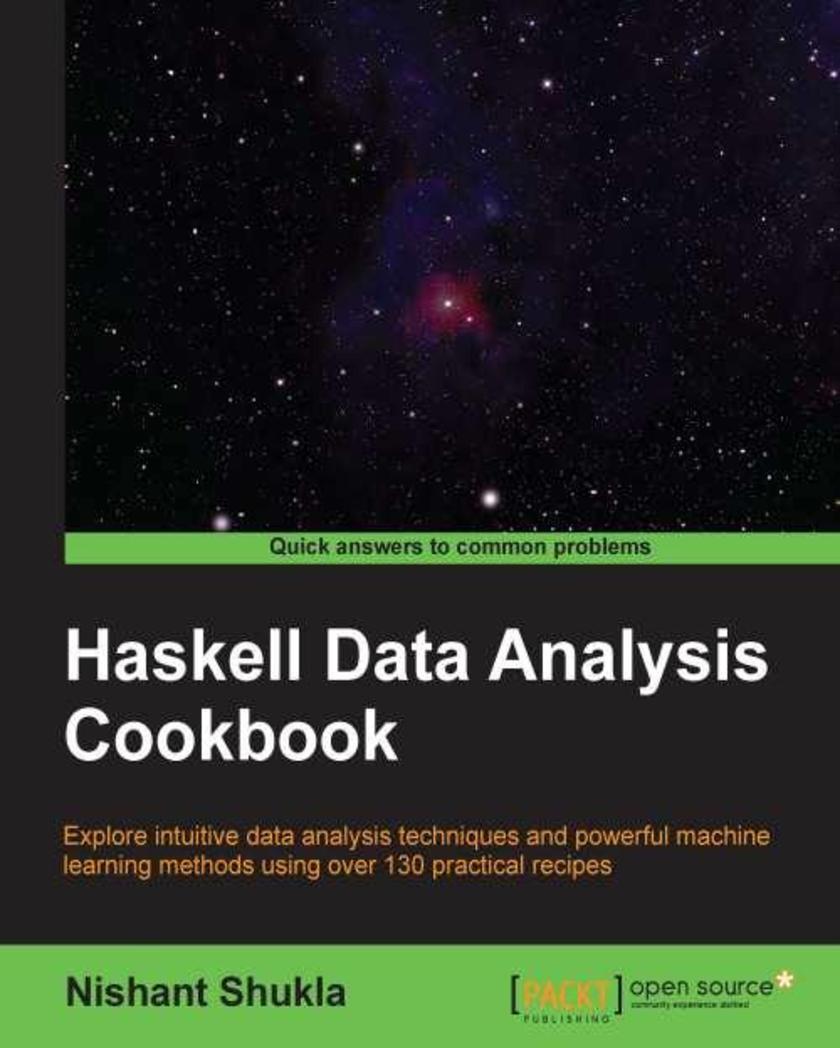
Haskell Data Analysis Cookbook
¥99.18
Step-by-step recipes filled with practical code samples and engaging examples demonstrate Haskell in practice, and then the concepts behind the code. This book shows functional developers and analysts how to leverage their existing knowledge of Haskell specifically for high-quality data analysis. A good understanding of data sets and functional programming is assumed.
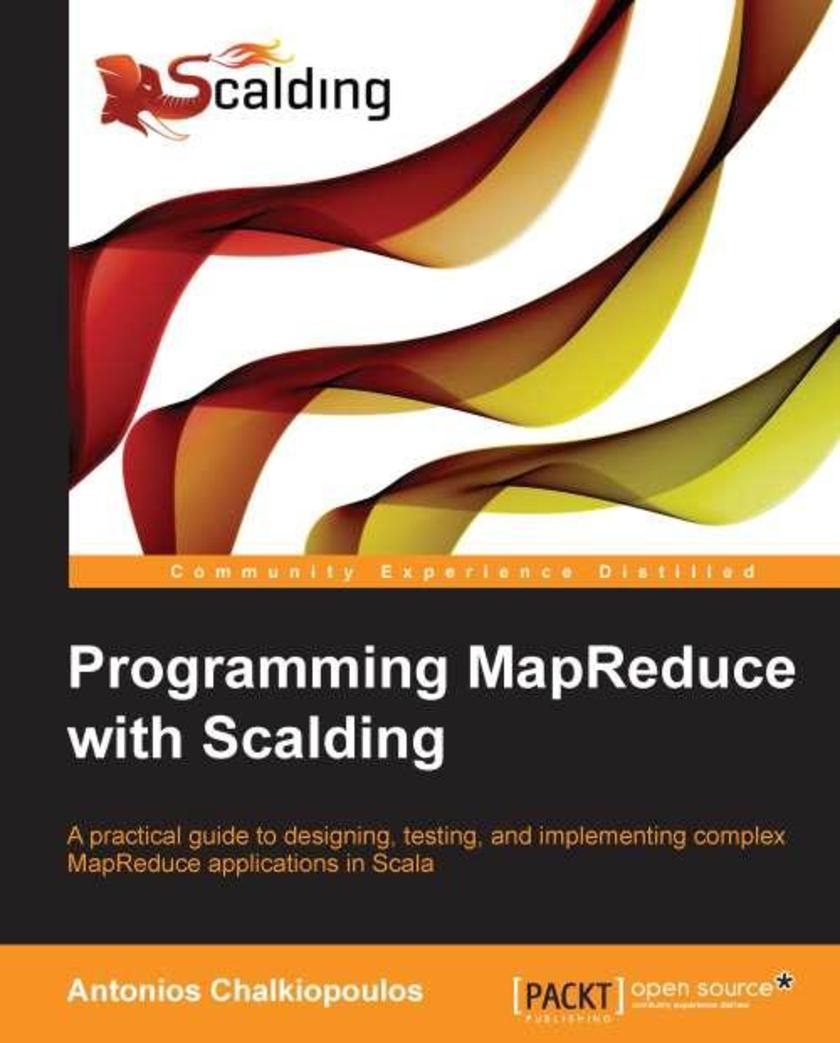
Programming MapReduce with Scalding
¥50.13
This book is an easy-to-understand, practical guide to designing, testing, and implementing complex MapReduce applications in Scala using the Scalding framework. It is packed with examples featuring log-processing, ad-targeting, and machine learning. This book is for developers who are willing to discover how to effectively develop MapReduce applications. Prior knowledge of Hadoop or Scala is not required; however, investing some time on those topics would certainly be beneficial.
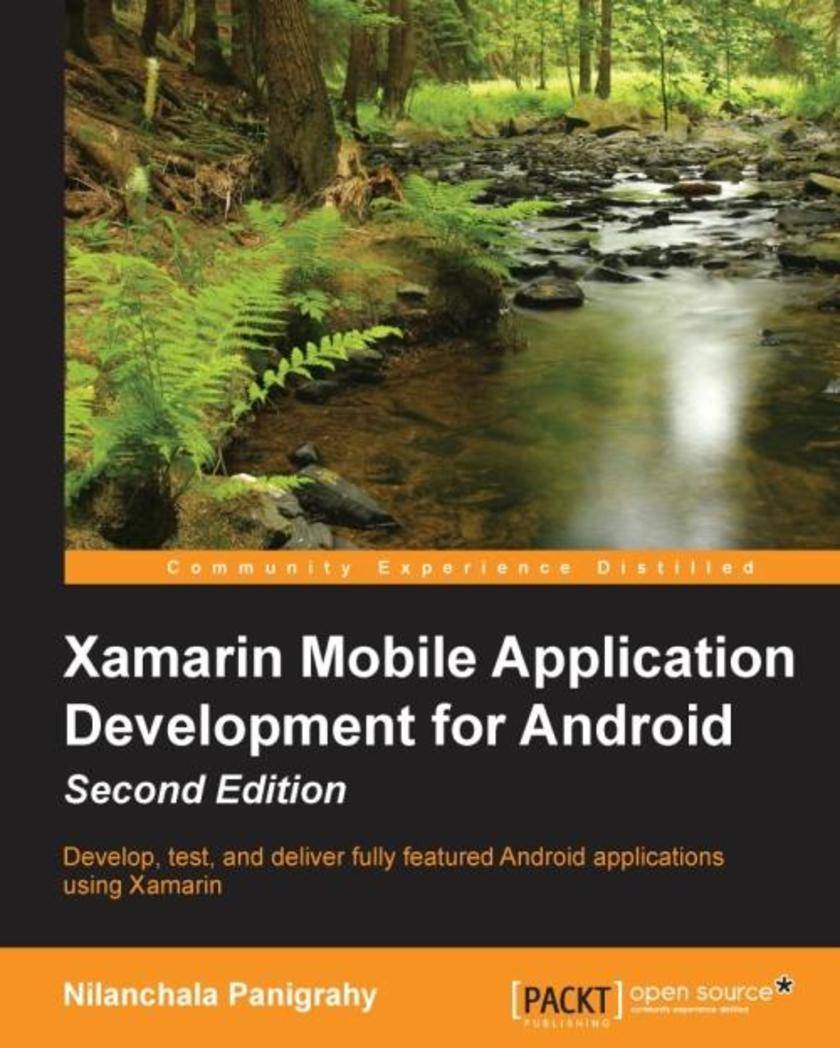
Xamarin Mobile Application Development for Android - Second Edition
¥80.65
If you are a C# developer who wants to develop Android apps and enhance your existing skill set, then this book is ideal for you. Good working knowledge of C#, .NET, and object-oriented software development is assumed.
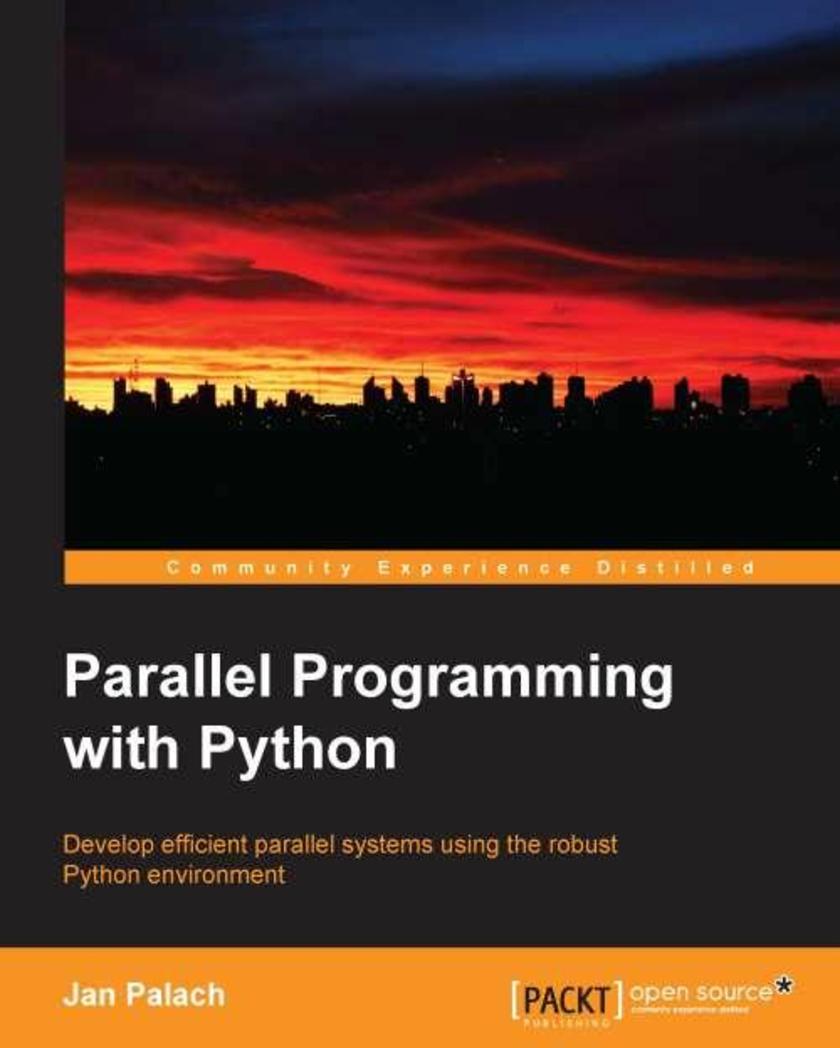
Parallel Programming with Python
¥41.41
A fast, easy-to-follow and clear tutorial to help you develop Parallel computing systems using Python. Along with explaining the fundamentals, the book will also introduce you to slightly advanced concepts and will help you in implementing these techniques in the real world. If you are an experienced Python programmer and are willing to utilize the available computing resources by parallelizing applications in a simple way, then this book is for you. You are required to have a basic knowledge of Python development to get the most of this book.

Spring MVC Beginner's Guide
¥80.65
A step-by-step pragmatic approach to web application development using Spring MVC, with relevant screenshots and concise explanations. This book is aimed at helping Java developers who want to teach themselves Spring MVC, even if they have no previous experience with Spring MVC. It would be helpful to have a bit of familiarity with basic servlet programming concepts, but no prior experience is required.
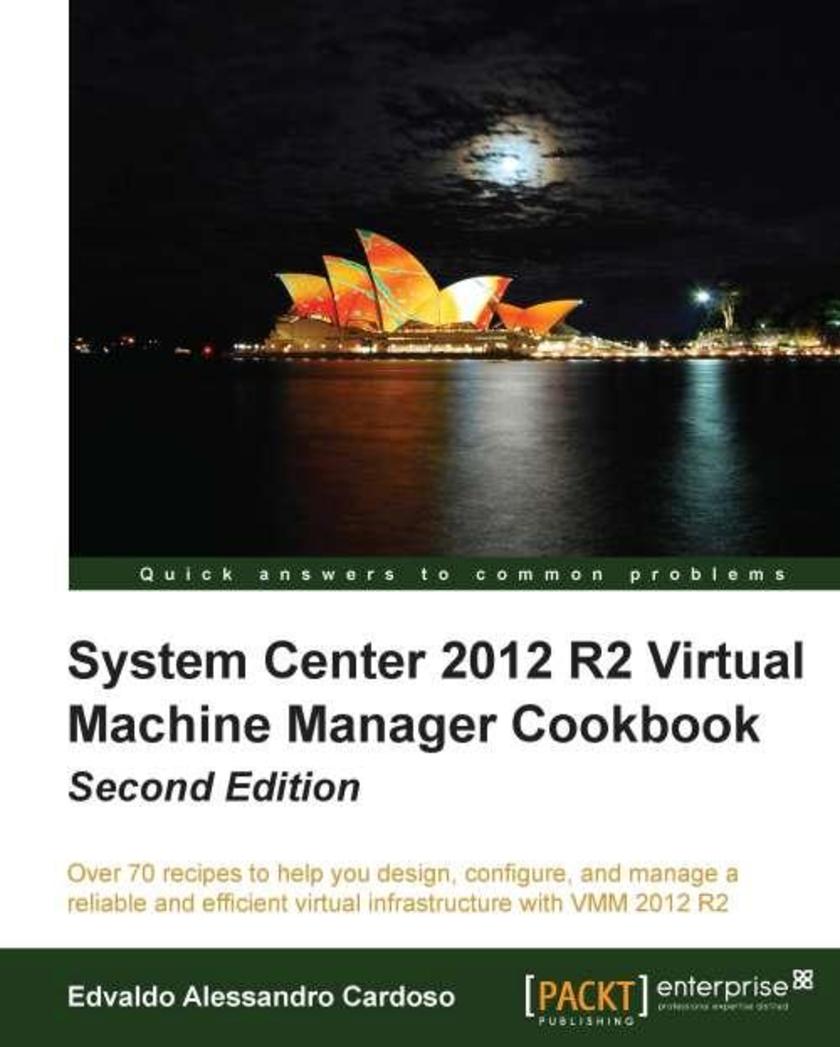
System Center 2012 R2 Virtual Machine Manager Cookbook
¥107.90
This book is a step-by-step guide packed with recipes that cover architecture design and planning. The book is also full of deployment tips, techniques, and solutions. If you are a solutions architect, technical consultant, administrator, or any other virtualization enthusiast who needs to use Microsoft System Center Virtual Machine Manager in a real-world environment, then this is the book for you. We assume that you have previous experience with Windows 2012 R2 and Hyper-V.
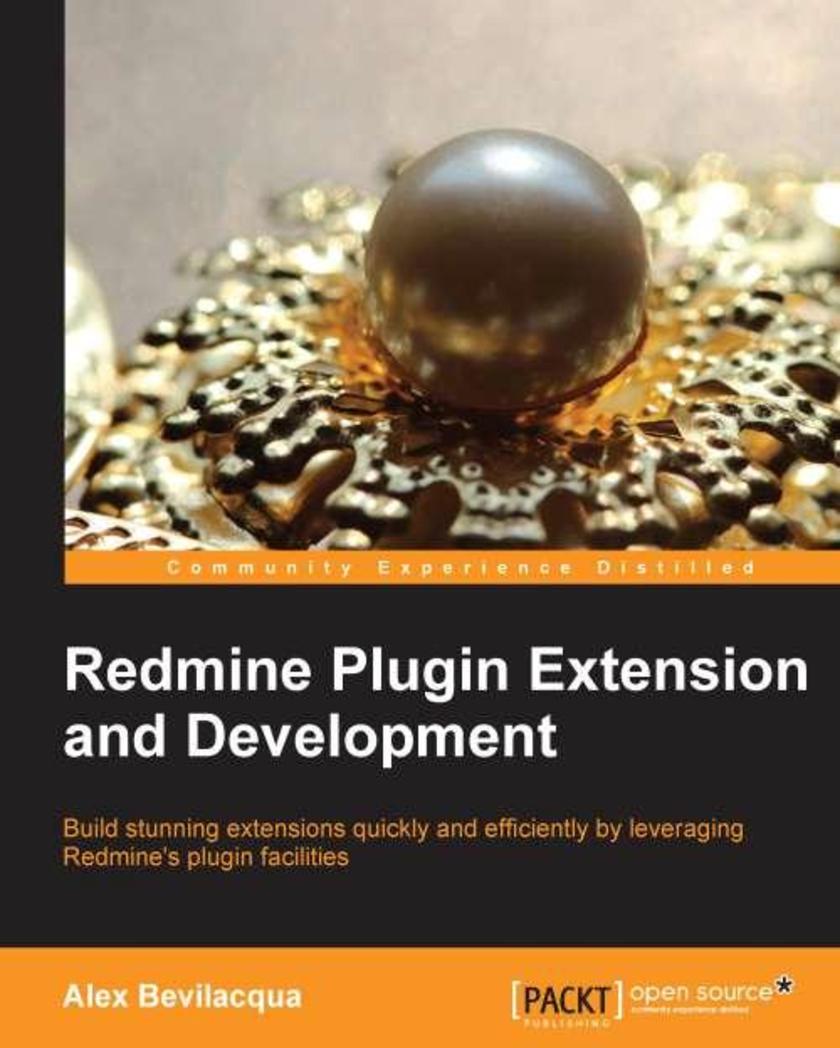
Redmine Plugin Extension and Development
¥54.49
This book provides a thorough look at the tools available within Redmine to facilitate the development of plugins and extensions. Full of tips and tricks, a recurring case study is also used to help guide you through the various content area extensions and plugin helpers and to provide context and realworld examples of the concepts being covered. This book is intended for those who want to build custom functionality into the Redmine project management platform. If you're already comfortable with Ruby, Rails, and Redmine, but you aren't quite sure what to do next, this book will walk you through the basics of getting a plugin written and integrated into various key areas of Redmine.
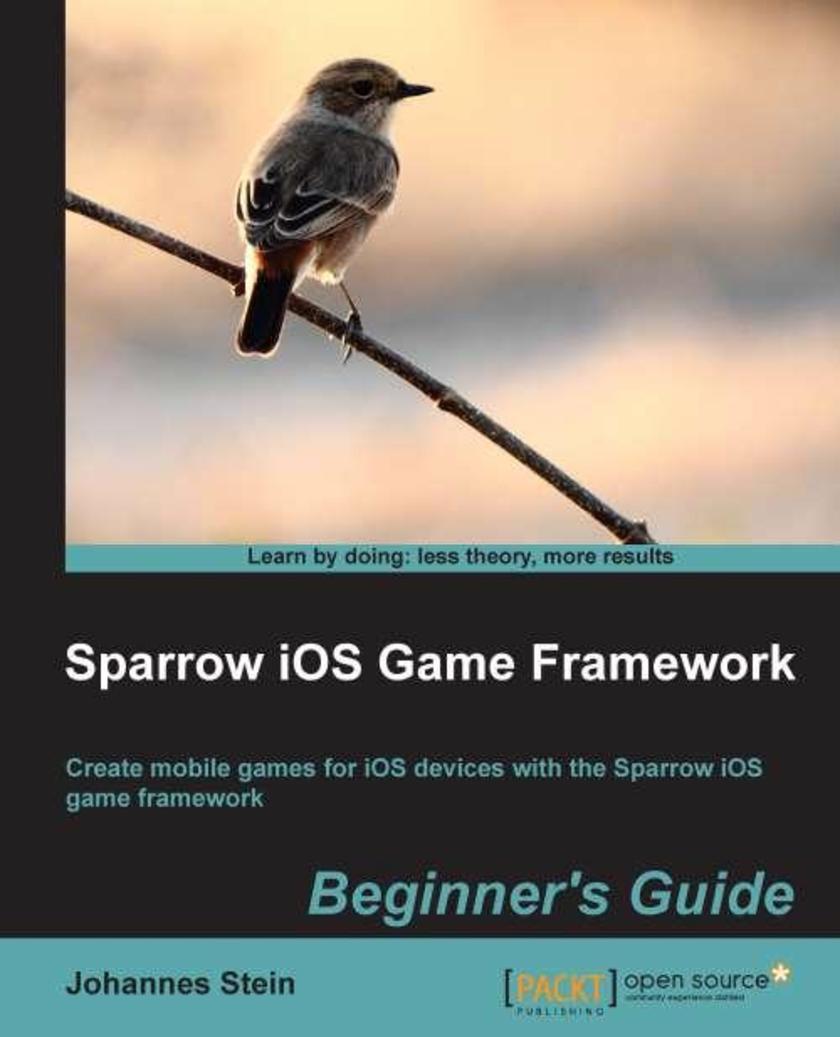
Sparrow iOS Game Framework Beginner's Guide
¥80.65
An easy-to-follow guide full of de*ive step-by-step procedures on how to develop a game for iOS. With each topic, a new challenge will be tackled to get a deeper knowledge of the Sparrow game framework and gain the skills to develop a complete mobile experience. This book is aimed at those who have always wanted to create their own games for iOS devices. Perhaps you've already dabbled in game development and want to know how to develop games for the Apple App Store, or maybe you have developed Objective-C apps in the past but you are new to game development. In either case, this book will help with de*ive examples and teach you to develop a game throughout its course. Some experience in Objective-C and a basic understanding of object-oriented programming are required.




 购物车
购物车 个人中心
个人中心



